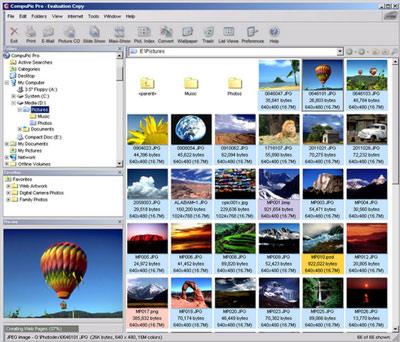

- Notecase pro outliner software how to#
- Notecase pro outliner software full#
- Notecase pro outliner software software#
This allows you to use the tool - as I understand Dave Winer does - as a primary writing environment it also allows you to dump huge amounts of information into the outline efficiently, move big pieces around easily, and swoop quickly from a top-level overview to the finer details.
Notecase pro outliner software full#
In Ecco, as in More, you’ve got the full text of each node right in front of you, in place in the outline hierarchy. This separates the “thing itself” from the “relationships between things.” That’s not the way my mind works: I want to see the things and their relationships - all at once! With the more sophisticated programs, one problem I have (I’m thinking here of tools like Zoot and InfoSelect) is that they are built like e-mail clients with separate panes - a pane on the left where you expand and collapse nodes, and then a pane on the right where you read the text associated with the node that’s highlighted at the left. Many contemporary outliners (like Shadowplan) feel more like checklist organizers than tools for organizing large amounts of text.
Notecase pro outliner software how to#
Maybe the vast majority of people are still too busy figuring out how to wrestle their computers into submission to concern themselves with trying to use them as (in Howard Rheingold’s phrase) “brain amplifiers.”

The Brain and other “ mind-mappers“) has never caught on in a big way, either. Is it just the curse of Word (once Microsoft “included” outlining in Word, however poorly, the market evaporated)? Is it that people associate outlining with boring work they had to do in high school composition class? Is it that the number of people who like to organize their thoughts in collapsible hierarchies is just not very high? But the alternative model of idea-organization tools, which provides you with more of a 2D or 3D space to place and link words and concepts (cf. I’ve never understood why outliners never found wider adoption. (I found it because Winer linked to it from another page about thinking about the Internet as an idea processor - which is also food for thought.)
Notecase pro outliner software software#
I was reminded of this complex software genealogy recently as I read a page that Winer recently linked to - a detailed chronicle, written in 1988, of how his once-popular outliners (ThinkTank and More) came to be developed. (Today’s tagging phenomenon is a latter-day version of the idea.) Chandler, the product whose development my book Dreaming in Code chronicles, started with the ambition of bringing some of these ideas into the present, though it has since evolved in different directions.

( This old post has links to some of my writing on the topic.) I used Ecco to compile the research for my book, and I use it, GTD-style, to keep the spheres of my life moving in harmony.Įcco is a fascinating hybrid of the pure outliner that Dave Winer pioneered in the 1980s and the free-form personal database exemplified by Mitch Kapor’s Lotus Agenda, which let you recategorize and invent new categories for your information on the fly. (And no, the outliner in MSWord does not count, it’s a clumsy, kludgy horror that has probably turned off millions to the value of outlining.) I still use Ecco Pro - a long-orphaned Windows outliner - every day. I am addicted to outlining as a means of organizing my work and life.


 0 kommentar(er)
0 kommentar(er)
